Horse Animation: Guides, References and Resources
Horse Animation is really hard, I know. The purpose of this post is to summarize some common issues and provide helpful resources for how to do better. While I’m coming from a game dev perspective, I hope these tips and guides can also be useful to anyone animating horses for other media such as film or TV.
I am focusing on animation here, but for a more general overview of what to consider when putting horses in your game, please check out this article!
If you want a casual and fun video introduction to this topic, I can recommend Polygon’s video Why Horses are so hard for Video Games to get right.
Animated Horse Asset Packs
Game-Ready Asset Packs can be a powerful tool to aid developers. Unfortunately, the most common and widely-used Asset Pack for the Unity and Unreal engines is Horse Animset Pro, which includes a whole lot of wonky anatomy and bad horse leg logic. The main issue is that the forelegs are often slightly bent in positions where they are bearing weight and it would be physically impossible for the horse to bend its legs.
To learn more about Horse Animset Pro and its main competitors, find my relevant articles here, or check out this Reddit post I put together. As far as I’ve heard from other devs, competitors unfortunately tend to lack usability and animation variety.
In short: if you want really good horse animation in your game, you’ll probably have to make your own. But also: if you’re a tech artist or animator looking for a project with a solid business case, making a good HAP-competitor is a fantastic idea.
Muybridge Photography
In 1878, English photographer Eadweard Muybridge created the first proto-film by taking pictures of horses in motion. In doing so, he proved that a galloping horse actually did have all four feet in the air during at some point and that it wasn’t in a “rocking horse” position with all legs stretched out, as was commonly depicted in art up until that point. Further reading on that here.
Now why is 19th century photography relevant for making video games in the 2020s? Well, actually, Muybridge’s work was so thorough and helpful that it remains an important resource today: He photographed horses in all gaits, seen straight from the side, and captured the full motion cycles of the horse in neat little sequences.
Muybridge’s work is hosted in various places on the internet, in varying quality and completeness. A simple Google image search for “Muybridge horse [insert gait]” will yield various useful results that can be used as a basis for animating and refining walk and run cycles. I’ll link to some versions that I’ve personally used on various occasions: Walk, Walk (Draft Horse), Trot, Trot (incl front/back view), Canter with Rider, Another Canter with Rider, Gallop with Rider (the famous one), Gallop with Rider and Jump
What not to take from these particular pictures is the open mouth: Horses generally keep their mouths closed, but this horse is likely trying to evade bit pressure (pain).
How Horse Limbs Work
One of the resources I use most often when trying to tell people about how to draw or animate horses is this thread by Alice Walsh on Twitter. Fortunately, she has generously given me permission to copy her guide over here, since Twitter is getting increasingly inaccessible for people without an account. Find Alice Walsh as Scoutrager on Twitter, Instagram or Artstation!
Quote Alice Walsh: “How the leg uses stored kinetic energy in ligaments + tendons (rather than lots of muscle force) to fling the horse forward. This is honestly why I love to draw horses so much. They’re so perfectly engineered to run. The entire leg is wholly dedicated to it.”
Comparison to human limb movement:
Quote Alice Walsh: “So all this to say, when rigs/animators neglect that last joint it looks super wrong. It’s all held up by rubber bands, not muscle down there.”
I’ve also made my own illustration for some basic “how do legs work” issues that I keep seeing people get wrong:
See this diagram from Wikipedia if the names of joints, bones and body parts are tripping you up.
Link Collection for Horse Animation References and Resources
Horses and Us on YouTube: Videos with technical breakdowns of various gaits, including nonstandard ones like Tölt, Pace and Rack. Excellent learning tool for understanding how gaits work, but not necessarily in itself lifelike animation.
There are several clips from the GOAT horse animator James Baxter talking about his work on Spirit - Stallion of the Cimarron: How the Spine Works in Horses, Quadruped Gallop and Tips when Animating Quadrupeds. The 2002 2D movie remains a fantastic example of good horse animation, while the 3D animated reboot film and series disappoint.
Animating Horses by Monika Zagrobelna: Lots of 2D sketches and gifs to showcase how horse movements are structured
Horse Anatomy Kit by Farzin Izadyar: This is a 3D model for purchase on the ArtStation Marketplace featuring an (as far as I can tell) accurate breakdown of a horse’s skeleton and muscle groups. (Note that not everything that calls itself Anatomy Model can be trusted, counterexample here)
Horse Animation Reference Playlist by TMQ Community Member Anna Glin: A Collection of helpful reference videos, compiled by someone who knows horses and animation well.
Equine Biomechanics: The Lower Limb in Action included in the above playlist, but worth an additional highlight for showing how a horse’s feet jump off and absorb weight at a canter and during jumps.
Inside Nature’s Giants: The Racehorse a Documentary episode showing a lot of insight into how and why horses can run fast. Note that there is graphic footage of a horse getting dissected in it. (Here’s a YouTube link as a backup, but the first link is higher quality)
This Illustration/Clip by Brendan Body about how a horse’s legs distribute impact (like when coming down from rearing or jumping) through the shoulder, elbow and fetlock joints, but never through a bending of the knees. (Same Clip on Bsky)
Animals in Games by Marion Stalke a talk with various tips for better animal animation, including some details for horses, dogs and bird wings.
Please do reach out via comments or email if you produce or know of other useful resources that would fit into this list! There are a bunch more relevant materials to be found in the resources-and-tutorials channel of the TMQ Discord Server, which you can find a link to here.
Need Anything Else?
Sometimes, finding the right reference video can be tricky, even if you know what you’re looking for. For example, I’ve frequently found myself sending people I’ve worked with videos from my phone with my actual lease horses, because a lot of horse behaviors don’t tend to get uploaded to YouTube with descriptive and easily findable keywords.
If you’re not a horse person, there’s an additional layer of difficulty because you might not even know what to search for, or you might not be able to distinguish which videos show horse behavior that it actually makes sense to emulate. The question of “what is good reference footage” quickly gets very tricky, since how a horse moves can differ greatly depending on riding styles, discipline, age and health of the horse, horse breed, and more.
If you’re not sure what to look for, remember that you can always join the TMQ Communities to ask around, or reach out to me directly at alice@themanequest.com!

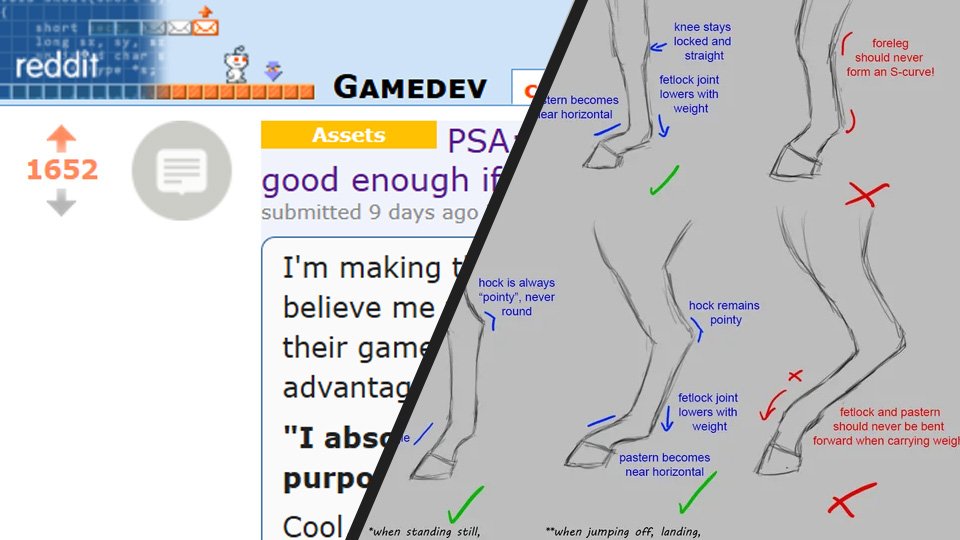



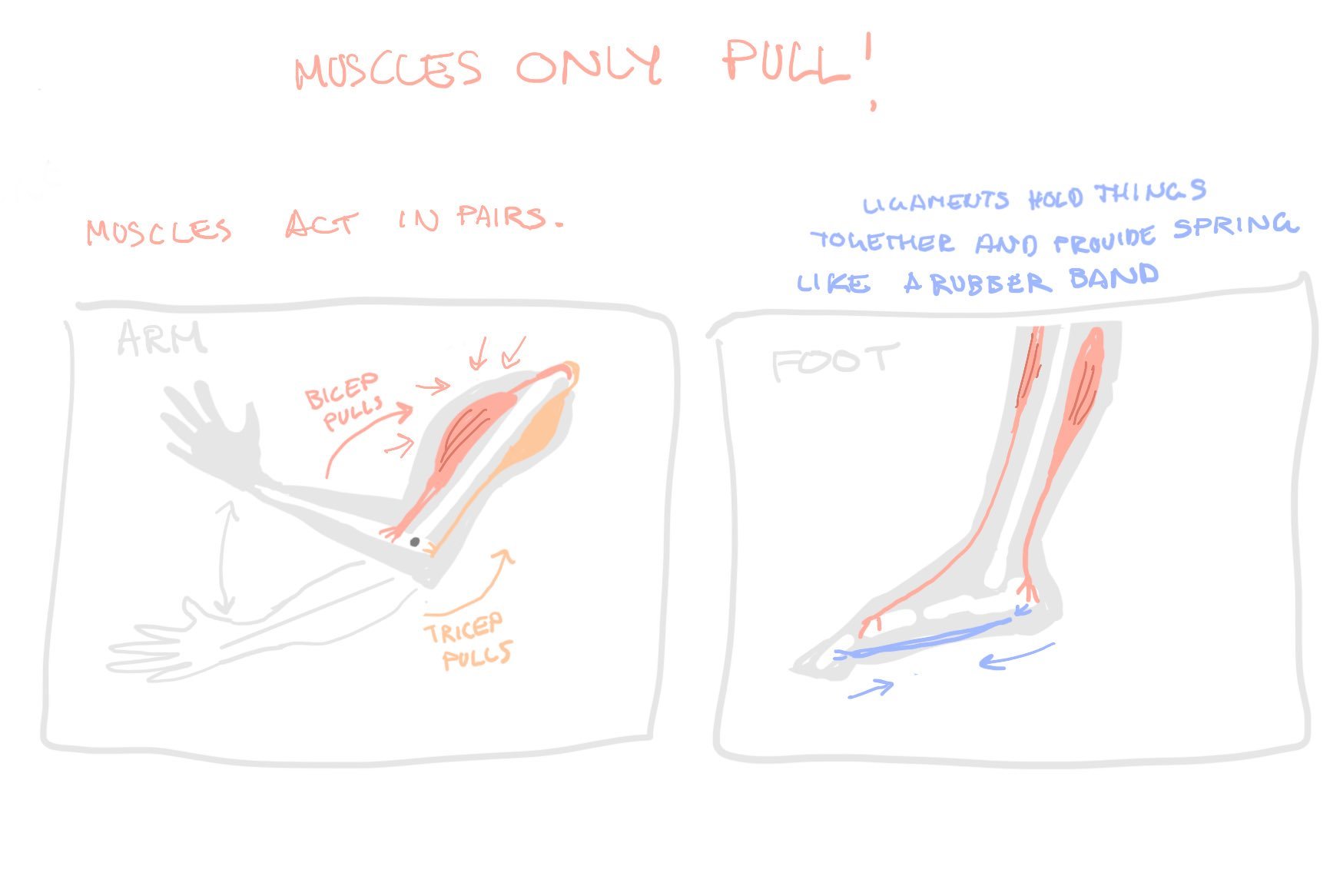
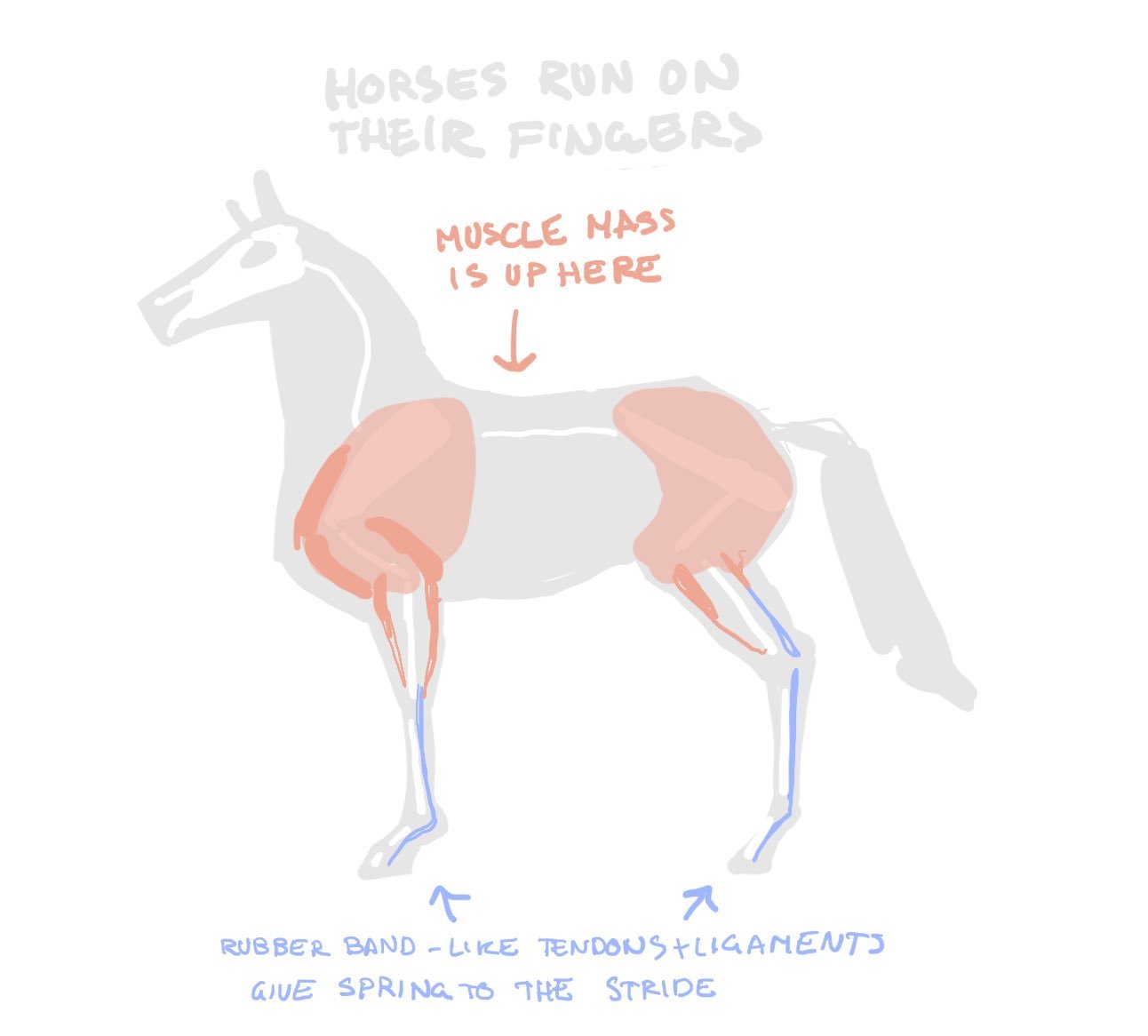
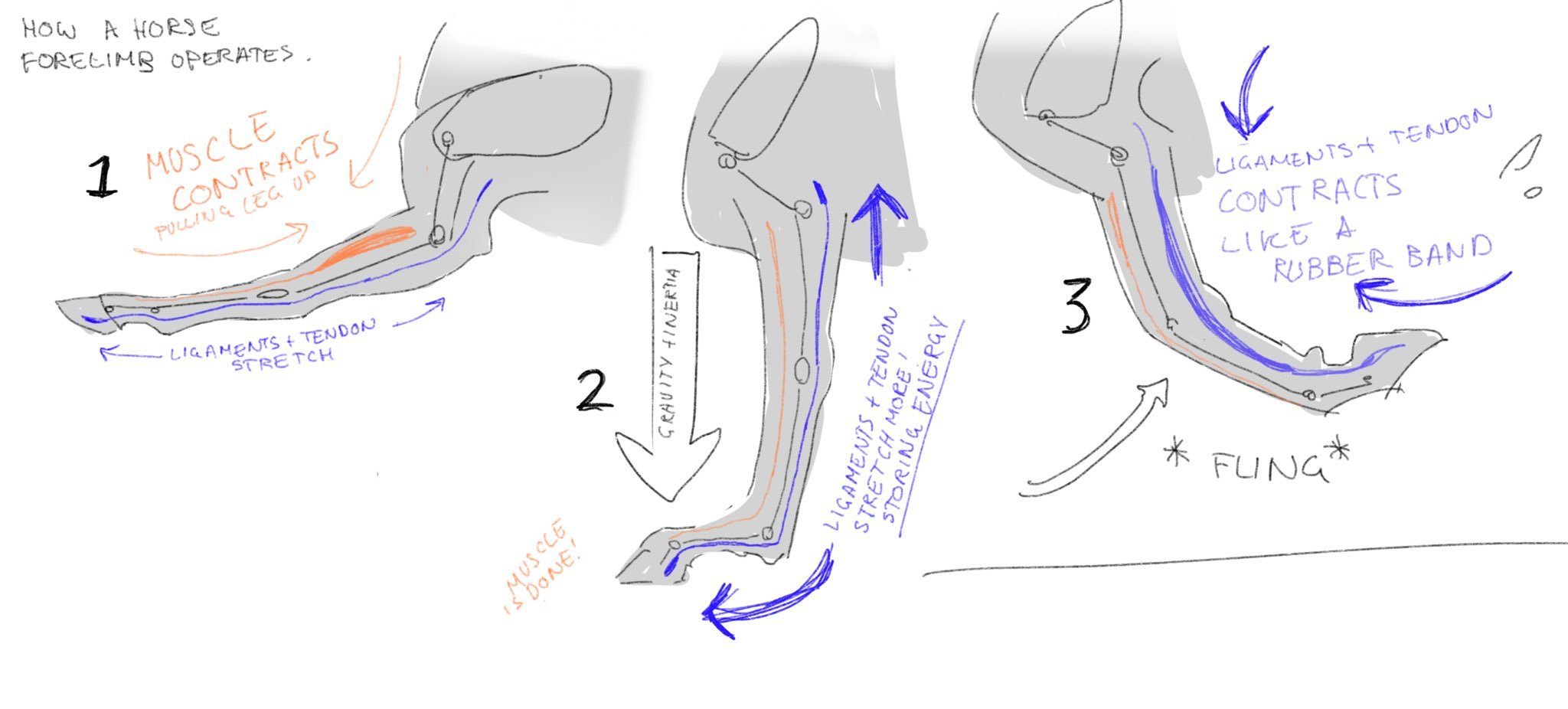
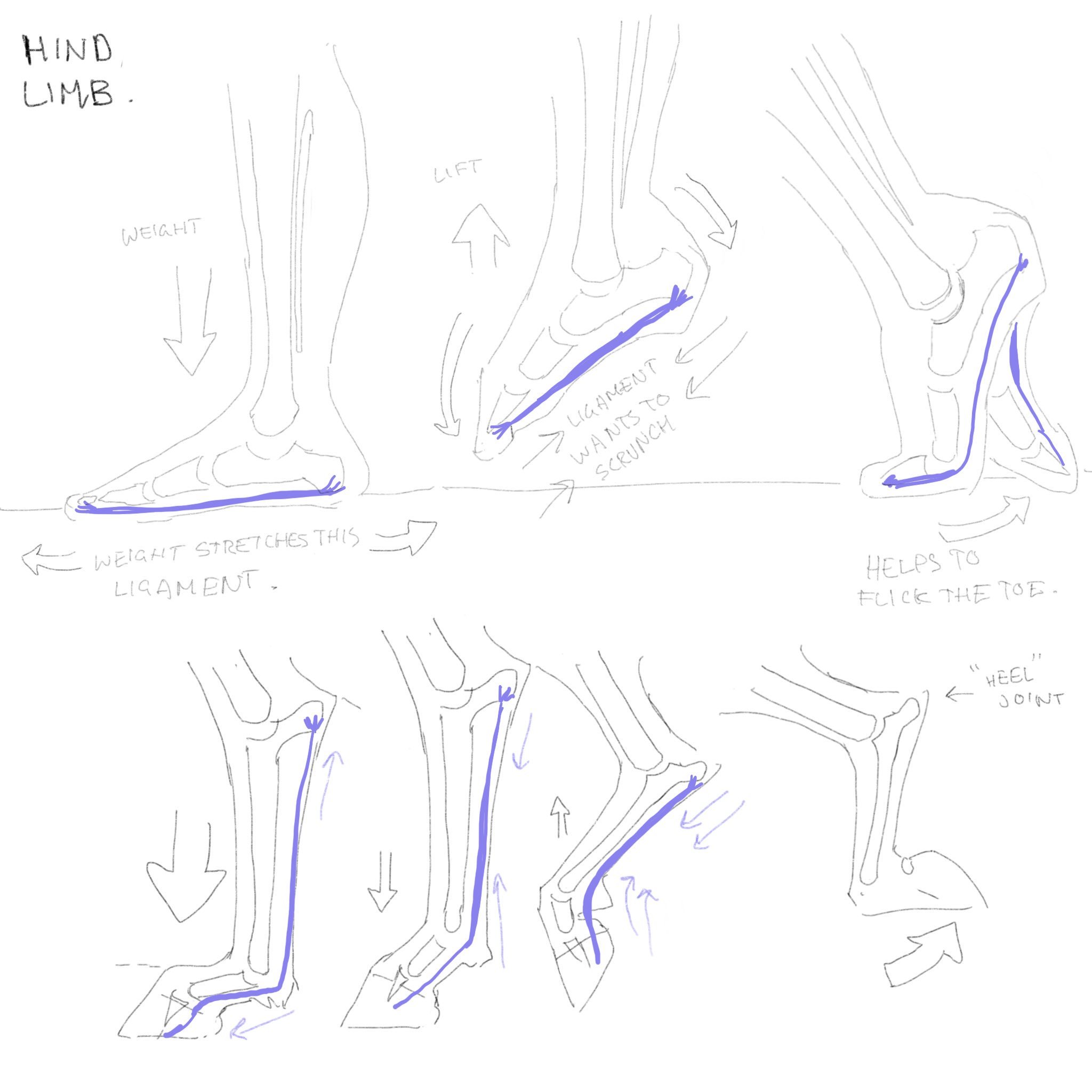
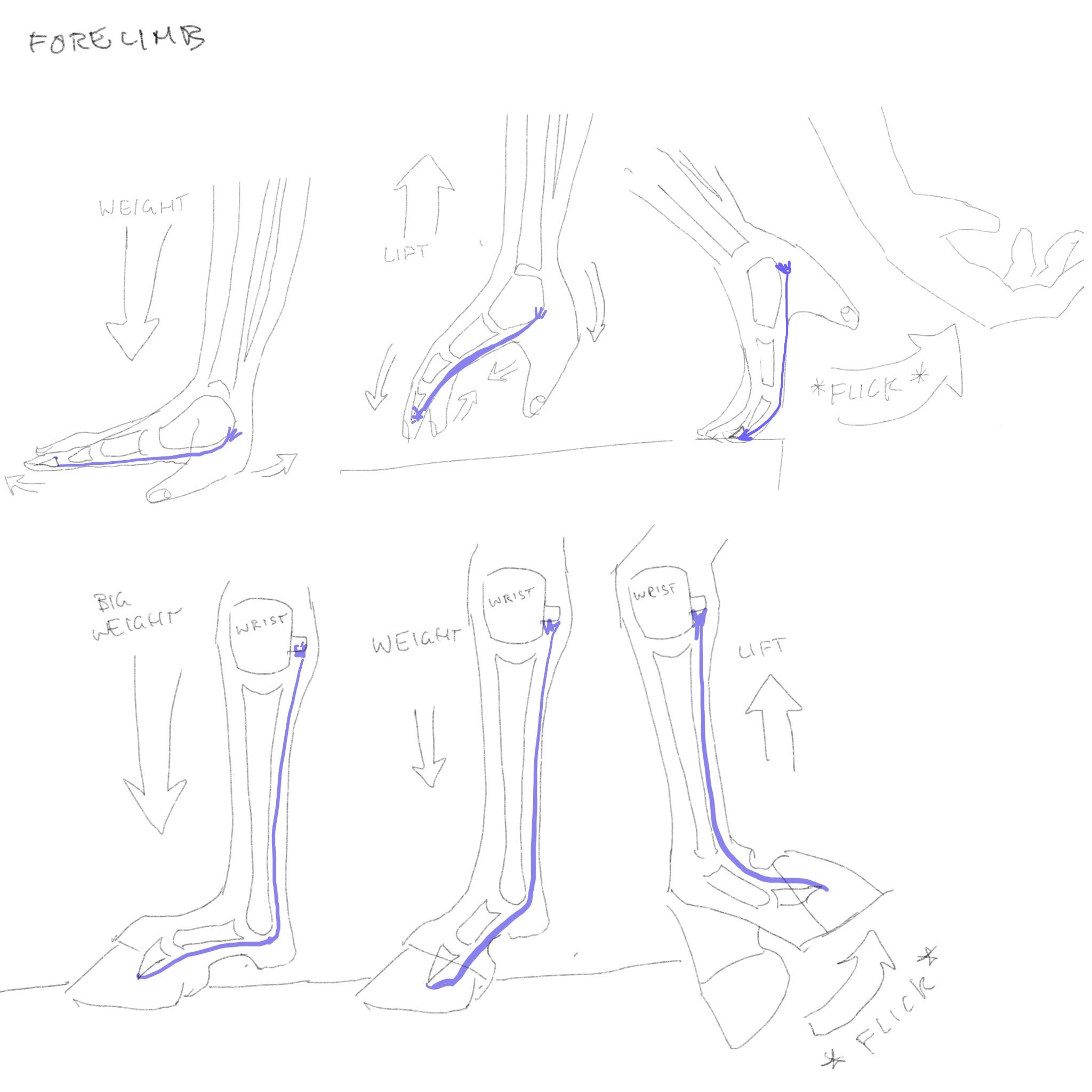


This article is aimed at game developers who want to include horses in their games without making the same couple of basic mistakes that make equestrians cry – to give game creators a starting point for further research and some ideas for how to add a bit of depth, variety and authenticity to their portrayal of horses.